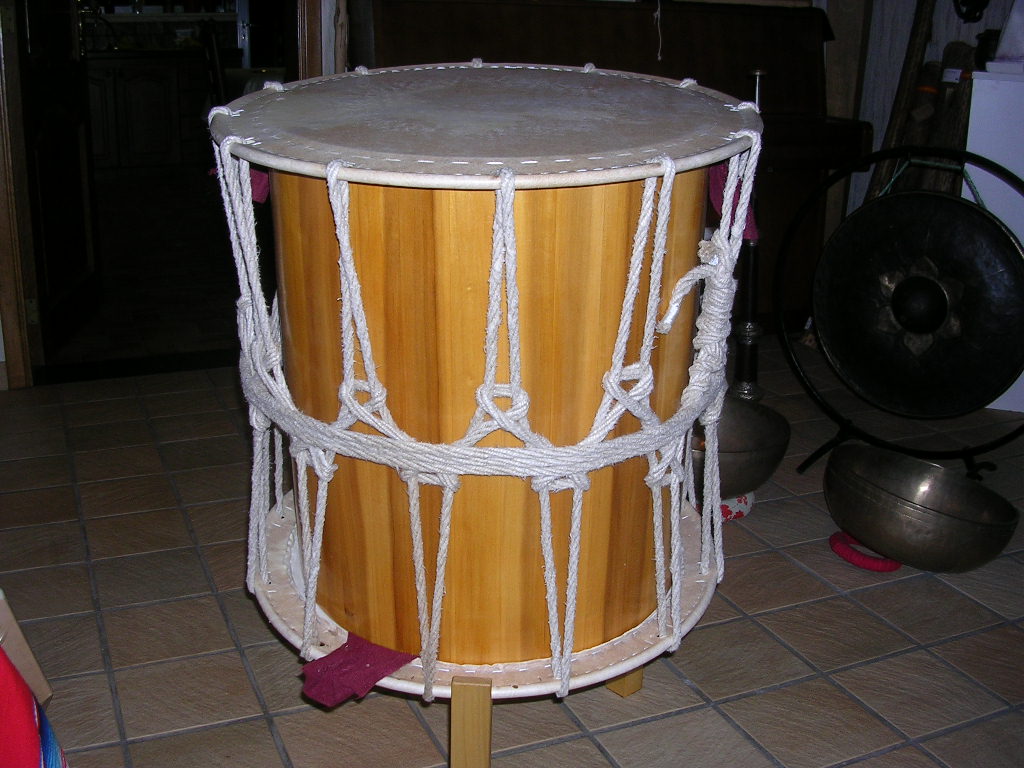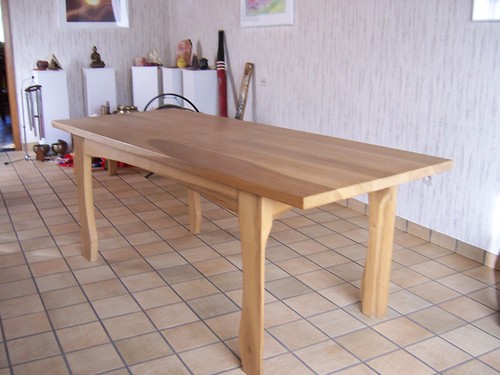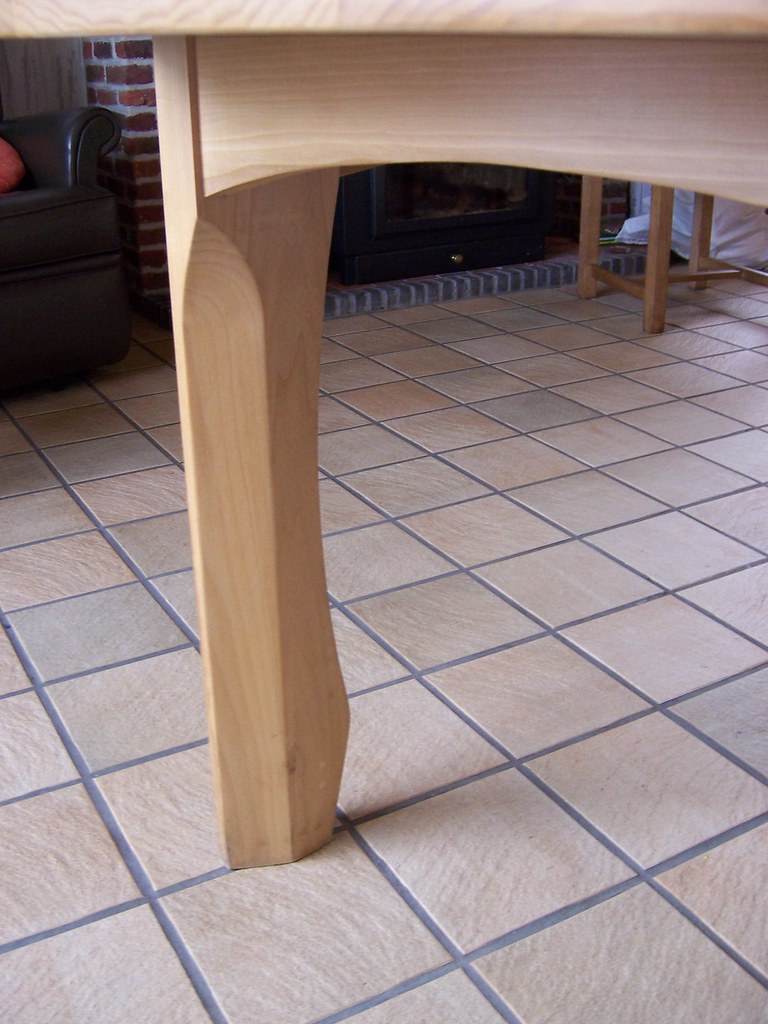lurker
Le dullard de la commune
I'm sure if I searched I could find an answer, but I'm damn idle!
If I buy Tulip wood in the UK what exactly am I getting??
If I buy Tulip wood in the UK what exactly am I getting??

wizer":25e1wvb1 said:
RogerS":369ed034 said:Tulipwood is popular with painted kitchen manufacturers as it takes paint well.



Enter your email address to join: